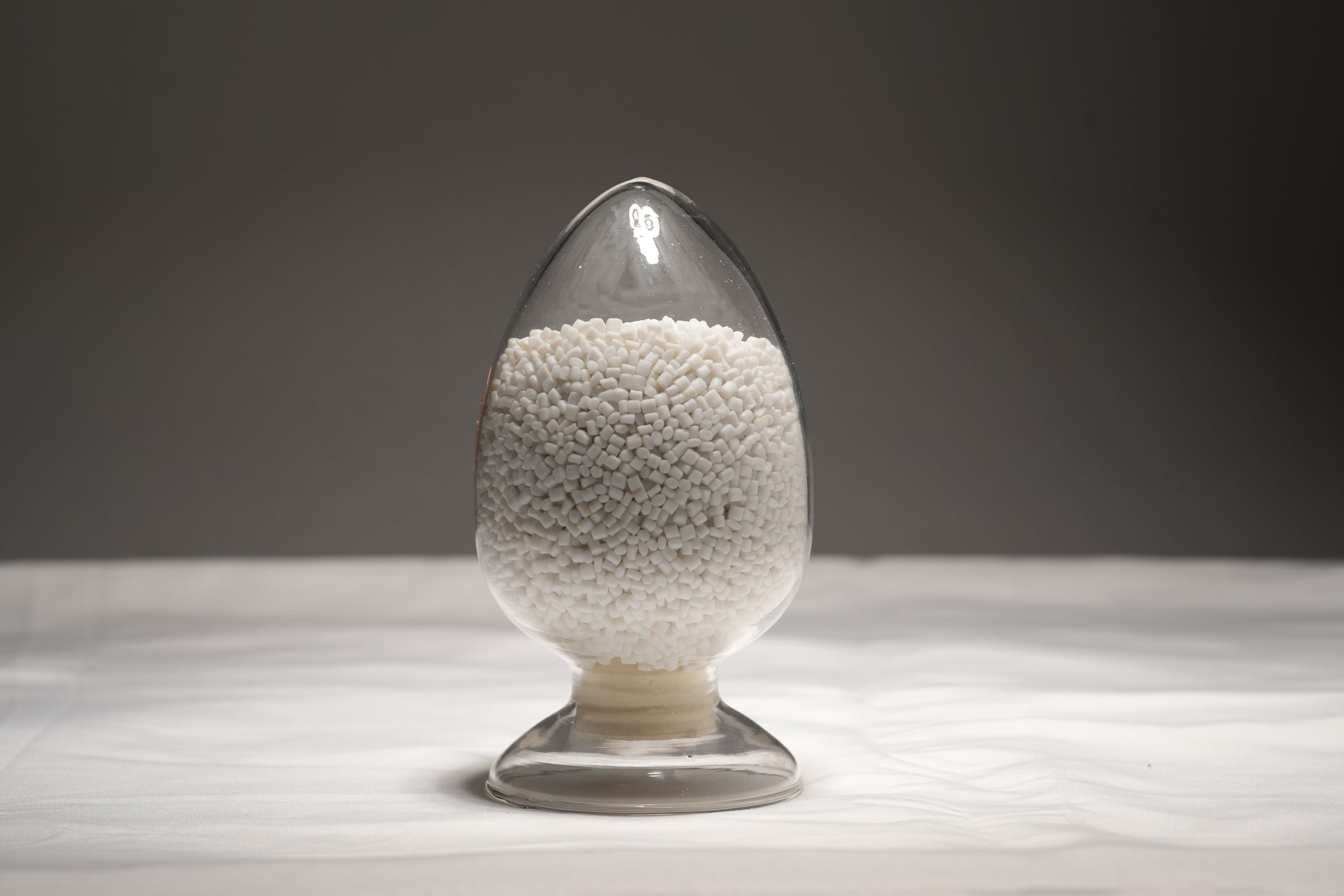
9 Factors That Influence PET Prices
When discussing the ebbs and flows of PET (Polyethylene Terephthalate) prices, it's essential to peel back the layers of what seems like a simple topic but is, in fact, a complex web of factors. PET, a type of plastic commonly used for packaging, especially in the beverage industry, has its pricing influenced by several pivotal elements. Let's unravel these layers together.
Supply Chain Dynamics
At the heart of PET price fluctuations is the supply chain, a true lifeline for the material. From the procurement of raw materials to the manufacturing process, and finally to distribution, every step is a delicate dance that can sway prices. Disruptions, whether they are due to political unrest, natural disasters, or pandemics, can cause significant hiccups, leading to scarcity and, naturally, a hike in prices.
Crude Oil Prices
PET is a child of the crude oil market. Since PET is a petroleum-based product, it's no surprise that the price of crude oil casts a long shadow over PET costs. When oil prices soar, PET follows suit, as the raw materials become more expensive to obtain. Conversely, a drop in oil prices can lead to a sigh of relief for manufacturers and buyers alike, as this often translates to lower PET prices.
Environmental Policies
In an age where the environment is not just a buzzword but a concern that's shaping policies, regulations around recycling and plastic use have a tight grip on PET pricing. Governments worldwide are imposing strict rules on the use of plastics, encouraging recycling, and sometimes even penalizing the use of virgin materials. This regulatory environment can either drive up costs due to the need for compliance or push them down when recycled PET becomes more prevalent.
Demand Patterns
Consumer behavior is the pulse that PET prices feel. The demand for PET fluctuates with trends, health concerns, and even seasonal needs. A surge in the popularity of bottled water during the summer or a new trend in health drinks can nudge PET prices upward. On the flip side, a shift towards glass or alternative materials due to health or environmental concerns can soften the demand, easing prices.
Technological Advancements
Technology is the silent game-changer in the PET narrative. Advancements in manufacturing processes can mean that more PET can be produced at a lower cost, which can temper prices. Innovation in the form of better recycling techniques or the development of bio-based PET alternatives also holds the power to rewrite the rules on pricing.
Global Economic Health
The broader picture of the world economy cannot be ignored when talking about PET prices. A robust economic climate means businesses are thriving, people are spending, and the wheels of industry are turning faster, pushing up the demand and price of PET. In contrast, an economic downturn often means belt-tightening, reduced production, and, as a result, lower PET prices.
Exchange Rates
The currency market plays its part too. PET is a global commodity, and fluctuations in exchange rates can have a direct impact on its cost. When the dollar strengthens, for instance, it can make PET more expensive in other currencies, affecting international demand and prices.
Logistics and Transportation Costs
Transporting PET is no small feat, and the costs involved in logistics can add a considerable amount to the final price tag. Fuel costs, transportation availability, and even toll policies can affect how much it costs to get PET from manufacturers to consumers.
Market Speculation
Lastly, speculation can sometimes overshadow all other factors. If investors anticipate a rise in oil prices or foresee a supply chain disruption, they might stockpile PET, creating a self-fulfilling prophecy of increased prices due to perceived scarcity.
In conclusion, the price of PET is like a living, breathing entity that responds to a myriad of factors. It's the outcome of a complex interaction between supply chain dynamics, crude oil prices, environmental policies, consumer demand, technological advancements, global economic health, exchange rates, and logistics costs, with a dash of market speculation thrown into the mix. However if you want to find a reliable manufacturer who can offer reasonable prices of PET, then contact us Wankai New Material!

